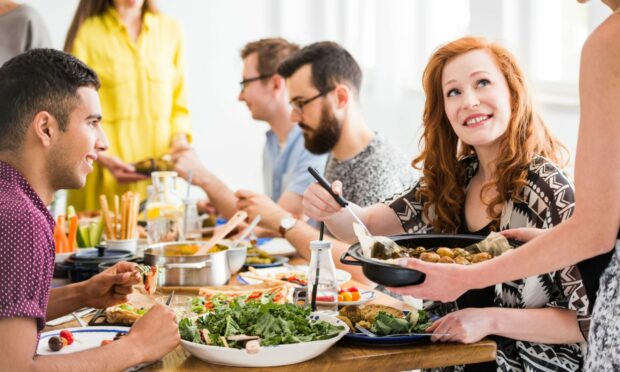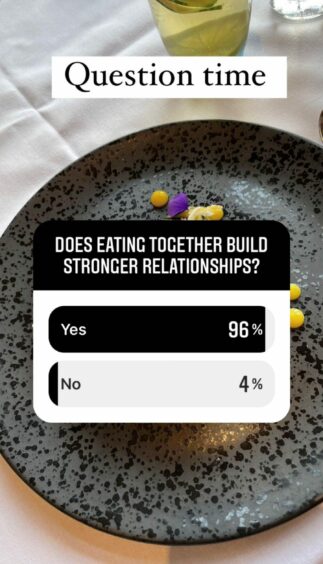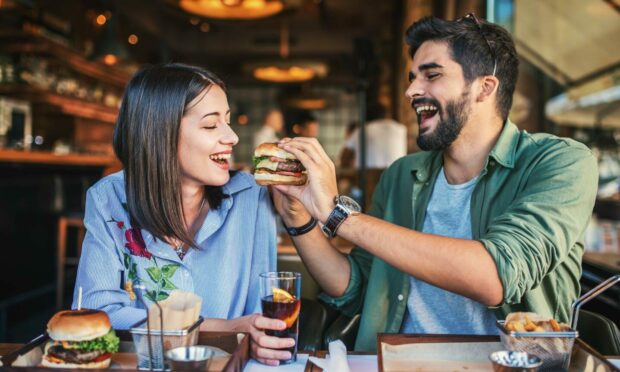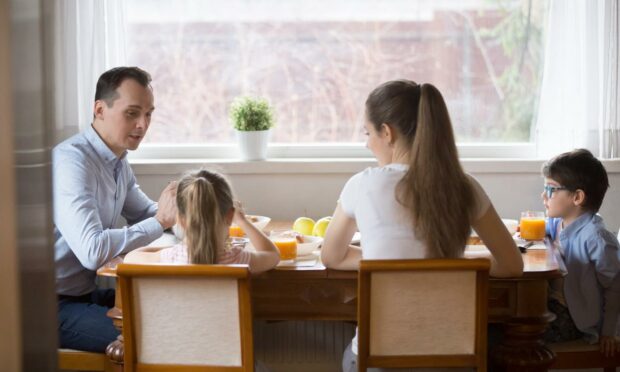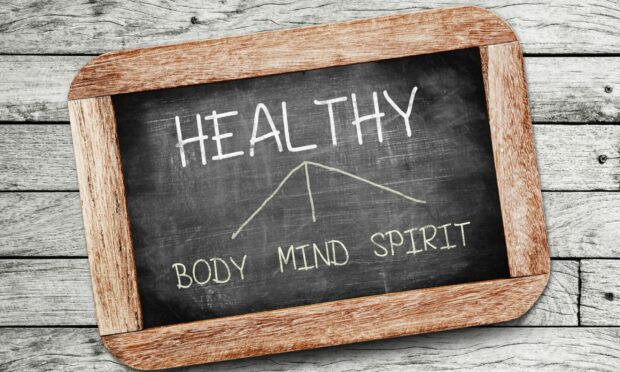We are often told that food is one of the best forms of love, but does eating together build stronger relationships?
To make this discussion more interesting I conducted an experiment through Instagram and asked what you thought about eating and relationships.
Out of 144 people who responded, a grand total of 96% of you believed that eating together does in fact build stronger relationships.
When asked to elaborate, responses included the idea of food being about bonding with others, communication time, time to unwind, and sharing something you love.
What does the science say about it?
Social eating
Herman and colleagues in their 2019 research paper found that eating together or ‘social eating’ has profound effects not only our food experience but also on how we bond with each other.
When eating with others we tend to eat similar foods (and similar amounts) to our company, and behave according to the shared cultural norms or rules.
This gives us a sense of identity and makes us feel more connected to our dining company.
The paper also highlights that eating together makes people happier and makes eating a more pleasant experience.
As a result, the food we eat can actually seem to taste better, and when we share food with someone they seem more friendly and trustworthy.
Family meals
This true for family meals also, with those families who sit down to a meal together having better bonds and increasing their social wellbeing.
Clinical psychologist Dr Lucy Stirling from HelloSelf explains the impact a family meal can have on individuals present.
She says: “A family meal encourages openness, laughter and the sharing of successes and struggles.
“This in turn nurtures a sense of belonging and promotes positive self-esteem and confidence.”
Better together
The take home message is that although we might find it more relaxing to eat alone, the reality is that eating together is better for us.
We are more likely to feel content and build stronger bonds with the people we care for and love through sharing food and food experiences.
My advice would be to try and use food as a way of connecting with old friends and new colleagues to build stronger bonds after the pandemic.
Mariam Okhai is a food and drink journalist who also researches food behaviour.
She has a Masters in Behavioural Science for Management from the University of Stirling. Her undergraduate degree was in Psychology and Business Economics with Marketing.
She is also a certified habit coach.
You can find out more about her research on her Behavioural Foodie website.
